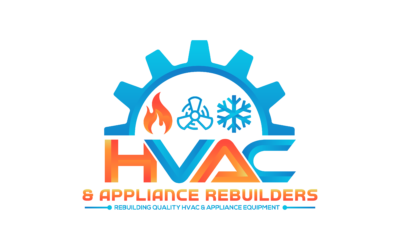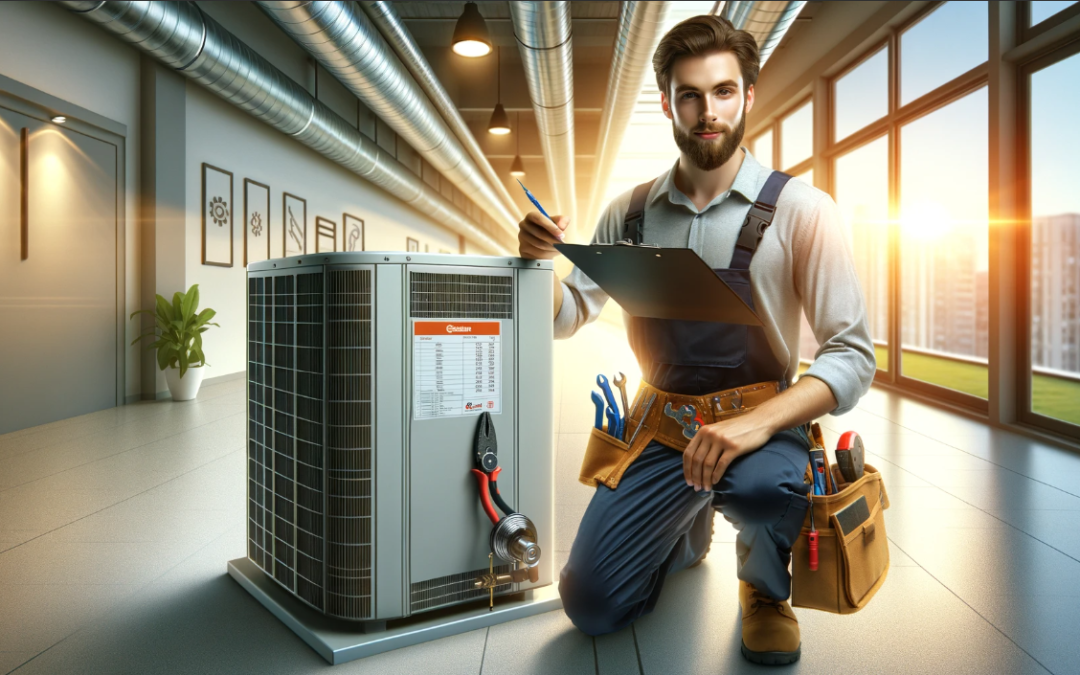Introduction
As a business manager, ensuring that your commercial property is equipped with efficient and reliable HVAC systems is critical for maintaining productivity and comfort. Heat pumps offer an effective solution for both heating and cooling needs. This guide provides business managers with essential information on the benefits, installation process, and maintenance of heat pumps, enabling you to make informed decisions for your facility.
The Role of Heat Pumps in Commercial Settings
Energy Efficiency and Cost Savings
Heat pumps are known for their high efficiency, which can significantly reduce energy consumption and operational costs. For business managers tasked with overseeing budgets and optimizing resource use, heat pumps present a cost-effective HVAC solution.
Enhanced Indoor Comfort
A well-maintained heat pump system ensures consistent indoor temperatures, contributing to a comfortable working environment. This can improve employee productivity and customer satisfaction, making it a valuable asset for any commercial property.
Environmental Benefits
Adopting energy-efficient technologies like heat pumps aligns with corporate sustainability goals. By reducing the carbon footprint of your facility, you not only contribute to environmental conservation but also enhance your company’s reputation as a responsible corporate citizen.
Key Considerations for Business Managers
Assessing Your Facility’s Needs
Before installing a heat pump, it’s important to assess the specific heating and cooling requirements of your facility. Consider factors such as building size, occupancy levels, and existing HVAC infrastructure.
Choosing the Right System
Selecting the appropriate type of heat pump—air-source, ground-source, or water-source—is crucial. Each type has its own advantages and is suited to different environments and operational needs.
Engaging Professional Services
Hiring a certified HVAC professional to evaluate your facility and recommend the best heat pump system is essential. This ensures proper sizing, compatibility with existing systems, and optimal performance.
Installation Process for Business Managers
Step-by-Step Overview
1. Site Assessment
- Conduct a thorough assessment of the installation site to ensure it meets the requirements for the chosen heat pump system. This includes evaluating space, ventilation, and structural integrity.
2. System Selection and Design
- Work with HVAC professionals to design a system that fits your facility’s needs. This may involve custom configurations to integrate with existing systems.
3. Installation Planning
- Develop a detailed installation plan that minimizes disruption to business operations. This includes scheduling installation during off-peak hours if possible.
4. Professional Installation
- Ensure the heat pump system is installed by certified technicians. This includes setting up the indoor and outdoor units, connecting refrigerant lines, and integrating the system with your building’s electrical infrastructure.
5. System Testing and Calibration
- Once installed, the system should be thoroughly tested and calibrated to ensure it operates at peak efficiency. This includes adjusting thermostat settings and checking refrigerant levels.
Maintenance Tips for Business Managers
Regular Professional Maintenance
- Schedule bi-annual maintenance checks to keep the heat pump running efficiently. Professional maintenance includes cleaning, inspecting, and servicing the system.
In-House Maintenance Practices
- Implement a routine maintenance schedule for in-house staff to perform basic tasks such as changing air filters, cleaning the outdoor unit, and monitoring system performance.
Monitoring System Performance
- Utilize building management systems (BMS) to monitor the performance of your heat pump. This allows for early detection of issues and ensures optimal operation.
Addressing Common Challenges
Minimizing Downtime
- Plan maintenance and installations during non-business hours to minimize disruption. Ensure backup systems are in place to maintain comfort during maintenance activities.
Space and Layout Constraints
- Work with HVAC professionals to design solutions that fit within the spatial constraints of your facility. This may involve innovative placement or custom configurations.
Regulatory Compliance
- Ensure that the installation and operation of the heat pump system comply with local regulations and industry standards. This includes obtaining necessary permits and certifications.
Conclusion
For business managers, installing a heat pump can provide significant benefits in terms of energy efficiency, cost savings, and indoor comfort. By understanding the installation process and implementing regular maintenance practices, you can ensure the optimal performance of your heat pump system. Trust HVAC REBUILDERS to provide professional and reliable services to meet your commercial HVAC needs.

